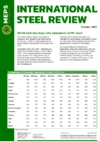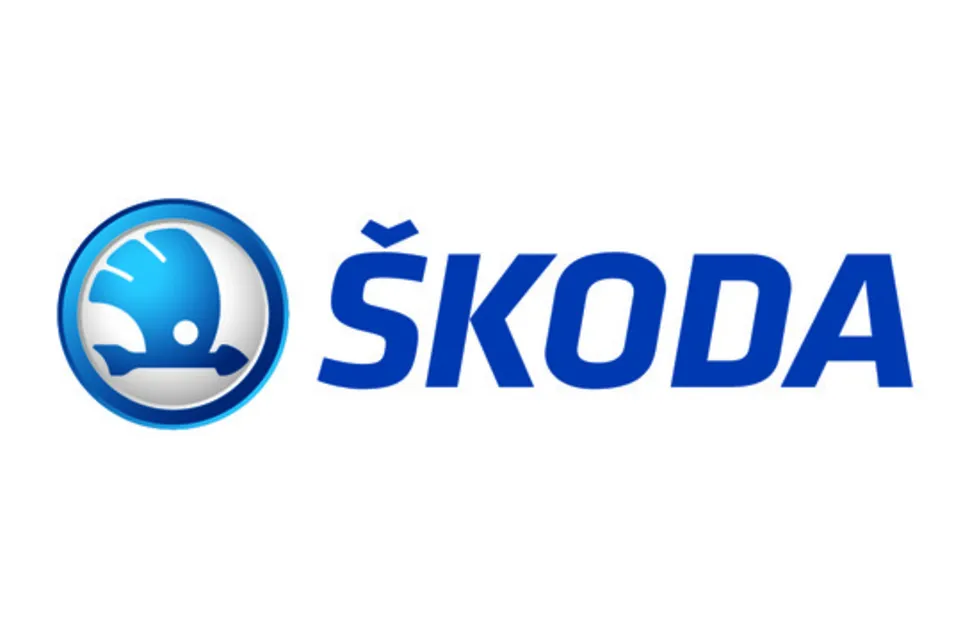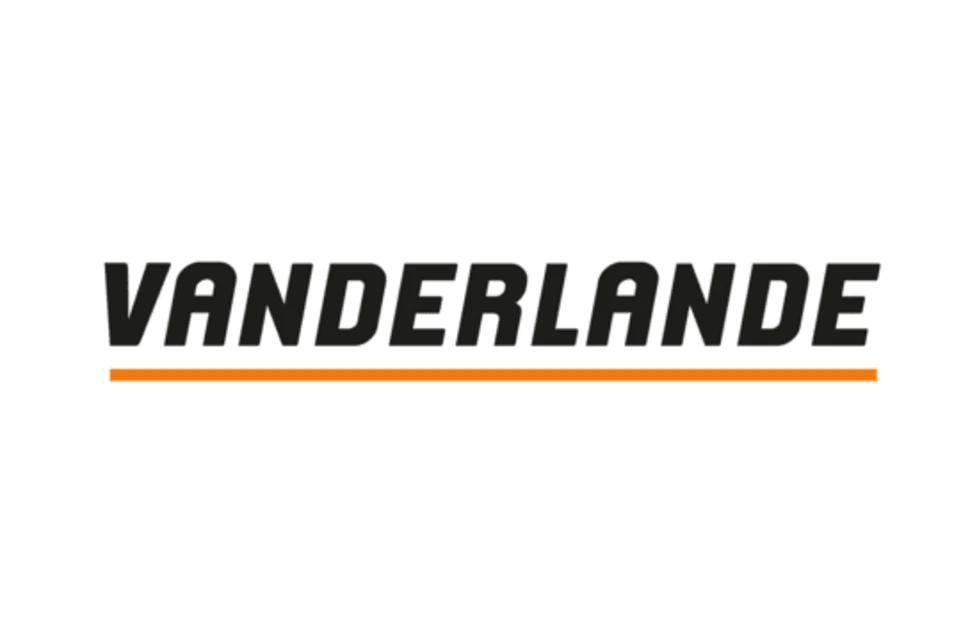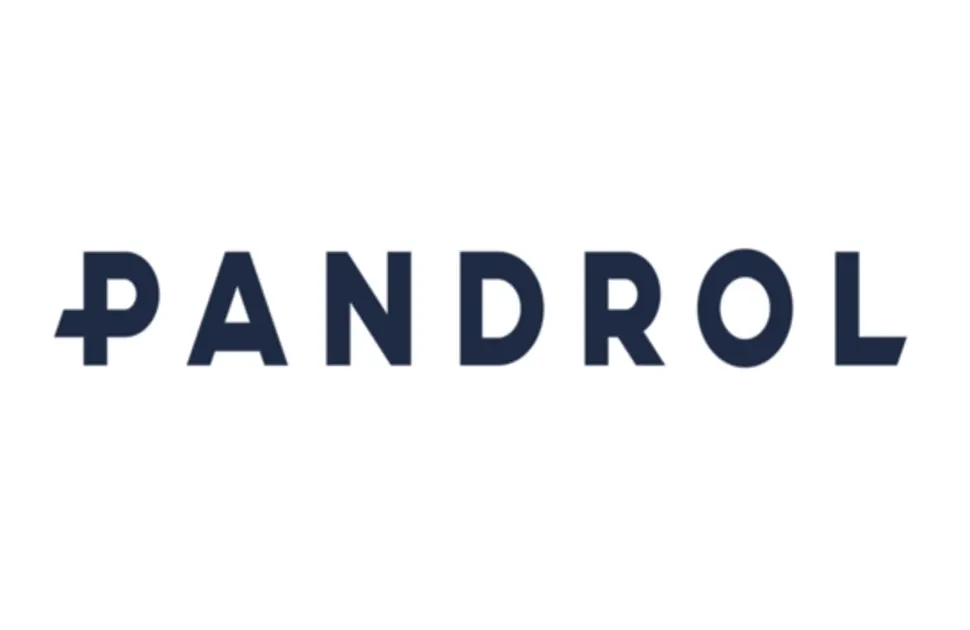Canada plans 25% import tariff on Chinese steel
Canada has become the latest country to introduce trade protection measures to defend its domestic steel industry from the influence of low-cost Chinese material.
The country’s Department of Finance has outlined plans to impose a 25% tariff on Chinese-origin steel and aluminium from October 15. A final list of the goods that will be subject to the new legislation will be confirmed on October 1.
- Monthly insight on North America's carbon steel market is published in MEPS's International Steel Review. These monthly reports provide subscribers with steel prices, indices, market commentary and forecasts from key global steel markets. Contact MEPS for details of how to subscribe.
The latest series of measures – along with a 100% tariff on imports of Chinese-made electric vehicles – echo those previously announced in the United States. The Biden administration plans to increase the tariff rate on certain Chinese-origin steel and aluminium products under Section 301 to 25%, from a previous range of 0-7.5%.
Reduced access to low-cost steel
Several of MEPS’s North American market respondents have argued that Canada should be in step with their near neighbours. Some importers will be disadvantaged, however, as the trade legislation will limit Canadian buyers’ access to low-cost Chinese steel.
In the first six months of 2024, imports of Chinese steel into Canada increased by around 4% compared with the equivalent period of last year, accounting for just over 7% of the country’s total imports.
Chinese steelmakers – which are responsible for about 55% of global crude steel production – are having to contend with extremely difficult trading conditions, both at home and abroad. Domestic hot rolled coil prices were cut by a double-digit percentage, this month. This is a further erosion of what were already the world’s lowest steel prices. The long-lasting effects of a property downturn – caused by financial issues in the real estate segment – are at the heart of the Chinese economy’s problems.
During previous periods of poor domestic demand Chinese steel manufacturers have turned their attention to traditional overseas markets to sell their excess domestic supply. The General Administration of Customs recently reported that export volumes had increased by 21.8% year-on-year in the first seven months of 2024.
Low-cost exports exert downward price pressure
Chinese producers – often accused of selling large quantities of steel in foreign markets at below cost – are now quoting hot rolled coil as low as USD475 per tonne to many parts of the world. Declining steel prices in China are normally a catalyst for negative price pressure in other markets across the world.
In the same timeframe, North American coil producers have announced list price increases for spot business. Until recently, these initiatives were yet to garner any real support. Market participants in the US and Canada acknowledged in the August edition of MEPS’s International Steel Review that it is difficult to implement price increases during the traditionally slow summer period.
No steel market is entirely immune from the influence of low-cost Chinese exports. Recent trade petitions announced in Canada and proposed in Vietnam and Taiwan indicate that steel markets, worldwide, are taking steps to ensure that they are better prepared to mitigate the effects of a surge in Chinese steel exports.

Source:
International Steel Review
The MEPS International Steel Review is an essential monthly publication, offering professional analysis and insight into carbon steel prices around the world.
Go to productRequest a free publication





